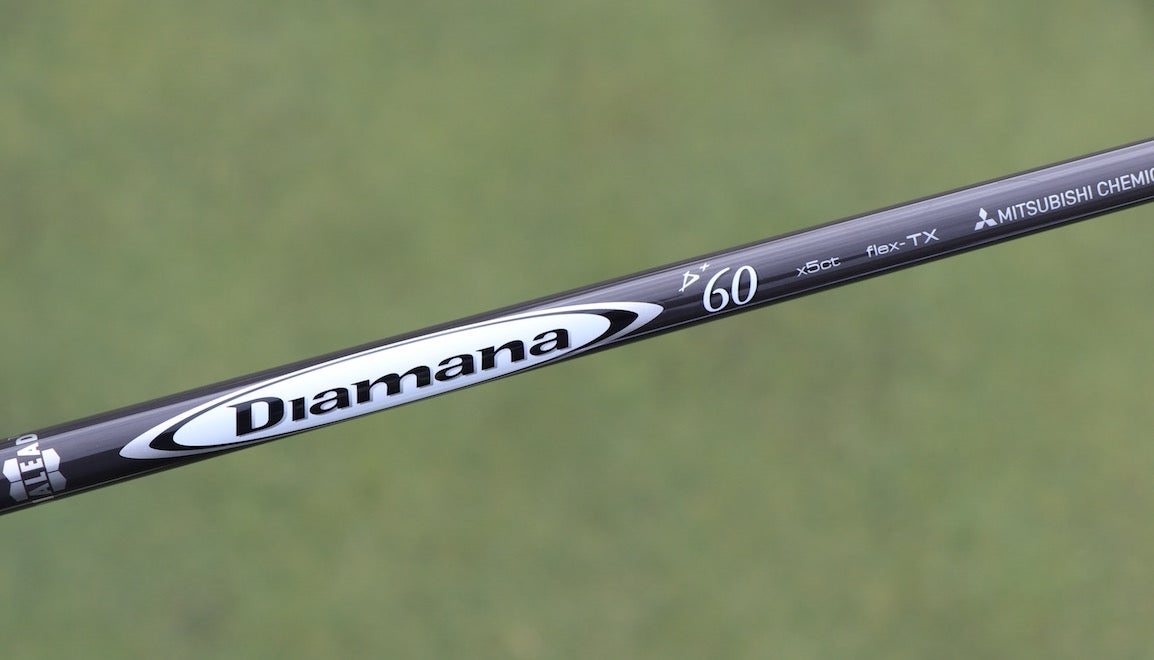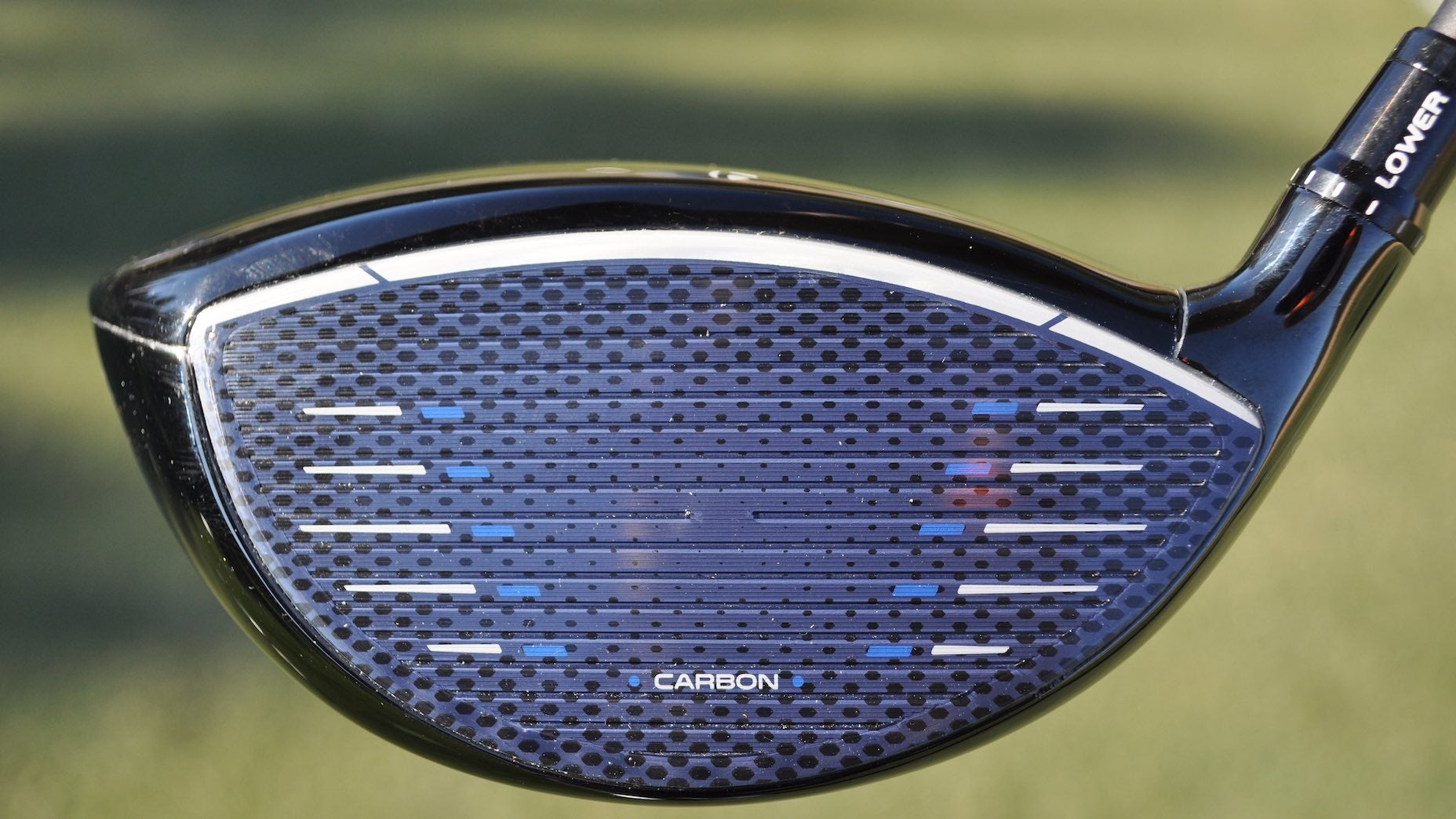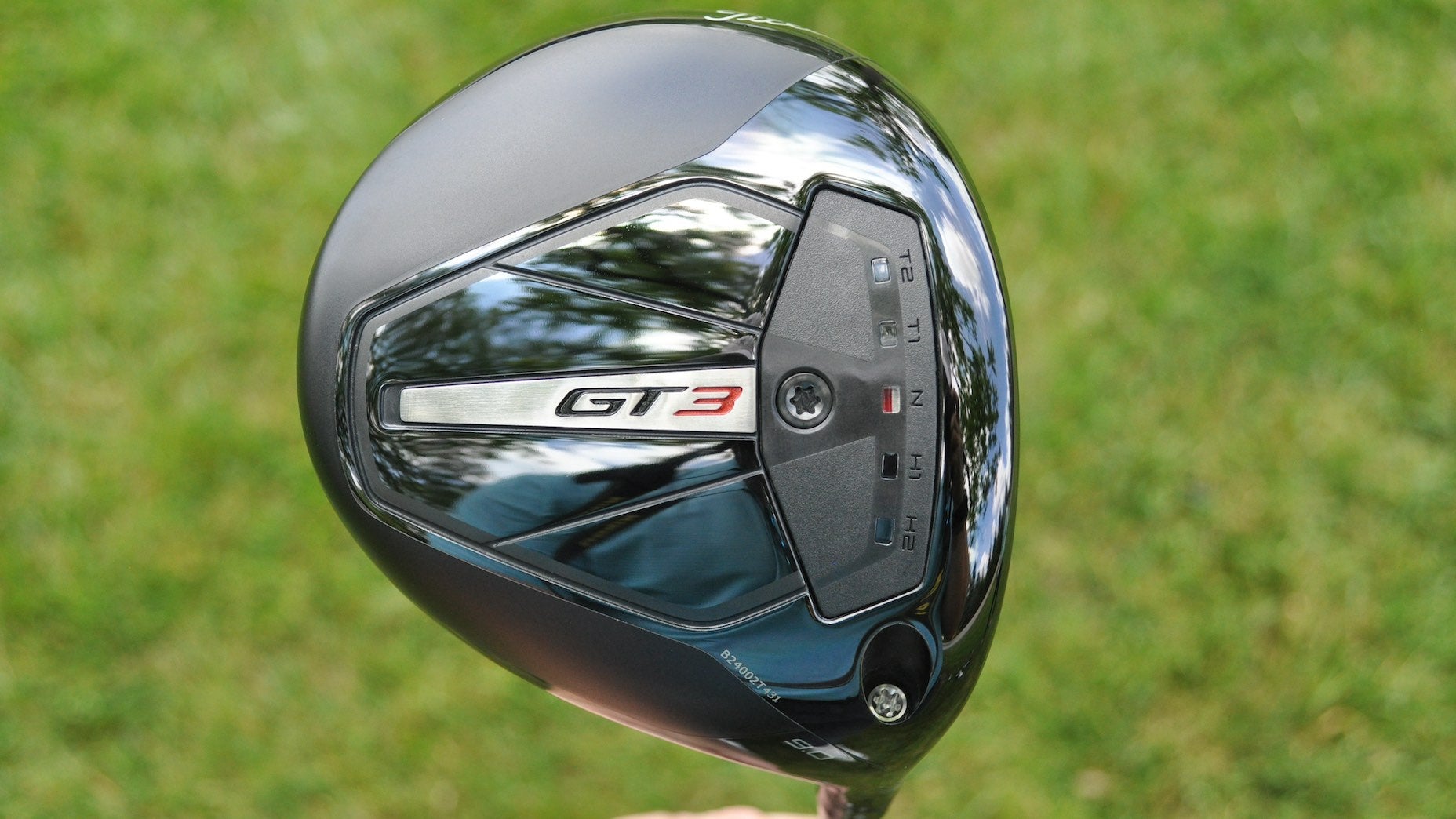5 factors to help you find the right driver shaft for your swing

A look at Rickie Fowler's fairway wood shaft, which measures 42 inches with 0.5 inches of tipping.
Andrew Tursky
Fitting a golfer into the exact right shaft for them over the internet is a tall, if not impossible, task. All driver swings are different, and there are so many options on the current market. Shafts are made with different flexes, lengths, weights, kick points and torque properties, and shafts can also be tipped to change their performance and feel.
Frankly, finding the correct shaft for your driver is like navigating a minefield. That’s why it’s best to get fit into a driver shaft under the supervision of a professional fitter. Being that we don’t live in a perfect world, however, the reality is that many golfers will skip the step of getting fit and purchase aftermarket shafts without consultation.
Golfers buy certain shafts for various reasons. Some want to play the popular shaft on Tour, or the one Tiger Woods uses, or maybe they just heard from a buddy that a certain shaft is awesome. The problem is that buying a shaft because someone else uses it is like buying a size 44-long jacket because that’s what Tiger wears. It can be counterproductive to your game to purchase a shaft that isn’t right for you.
So, in this article, I wanted to help golfers with a few general rules and guidelines for fitting themselves into the right driver shaft. Of course, I can’t make any particular recommendations since I’ve never seen you swing. Hopefully, though, the information here can help you get into the right wheelhouse.
Along with Tim Briand, Executive Vice President of GOLF.com’s sister company True Spec Golf, I’ve compiled some things to consider when buying a new driver shaft.
1. Flex
Generally speaking, a driver shaft that’s too stiff will cause shots to launch too low, with too little spin and low peak heights. A shaft that’s too weak, on the other hand, may cause shots to spin too much, fly too high, and widen dispersion patterns.

Your clubhead speed is a factor in what flex is right for you, but as Briand explains, ball flight and performance are king. Slow swing speeds will generally require softer-flex shafts, while high swing speeds need stiffer shafts; due to variations in swing patterns, however, swing speed is only one portion of finding the right shaft.
Briand’s recommendation is to use your current driver shaft as a baseline. If your shots tend to be low and with little spin, try a slightly softer flex. If your shots are ballooning, try a stiffer flex. If you’re caught between two flexes, you can “tip” a softer flex to make it stiffer in the tip section. To accomplish this, a club builder will cut a portion of the top-end of the shaft to make it play stiffer; this is what many refer to as “tipping” the shaft.
Remember, though, that tipping a shaft will change the bend point, and it’s also irreversible, so make sure you know the purpose behind tipping your shaft.
2. Weight
The weight of a shaft has a similar correlation to performance as flex. The heavier a shaft is, the more likely it is that your golf ball will fly low and with less spin. If it’s lighter, the ball will tend to fly higher and spin more.
As Briand explains, the weight of a shaft has less impact on swing speed than golfers think, but that lighter shafts could increase the rate of closure. That means if your golf ball is starting left and/or hooking, it might be time to look at heavier shaft options.
3. Length
Of course, the length of your driver shaft will significantly change how the golf club feels, but length affects strike point, too. As Briand says, a longer shaft will cause a less consistent strike on the face, and the golfer will tend to hit the ball closer to the heel. A shorter shaft, on the other hand, will cause a more consistent strike pattern, but impact location will tend to be on the toe.
A golfer’s physical size, arm length, swing speed, consistency, ball flight and feel preferences are all important aspects that go into finding the right driver shaft for you. Without going through a professional fitting, trial and error can help you determine a comfortable and effective length for you.
4. Kick point
According to Briand, a high bend point will lower ball flight and a low bend point will raise ball flight. So, if you tend to have a ball flight that’s too high, look for shafts that have a high kick point, and vice versa. It’s important to note that variations in length and shaft tipping will impact the designed bend point of a shaft.
5. Torque
A low torque measurement means that a shaft has greater resistance to twisting, while a high torque measurement means it will twist more easily. Briand says that torque “plays more into feel than anything else.” The lower torque shafts will have a “boardy” feel, while the higher torque shafts will have a “whippy” feel.
Generally, high-speed players and those who hook the ball will gravitate toward low torque shafts, while slower swingers and slicers will lean toward higher torque shafts. It’s important to remember, however, that different golfers load and release the club very differently, so when trying out different shafts be aware of your feels and look closely at performance. If dispersion and ball speed are off, or the shaft just feels wrong, it’s probably because the shaft isn’t a right fit for you. Don’t force it.
Here’s an even more in-depth look at torque and what it means.
To hear more gear insights from Jonathan Wall and True Spec’s Tim Briand, subscribe and listen each week to GOLF’s Fully Equipped podcast: iTunes | SoundCloud | Spotify | Stitcher












